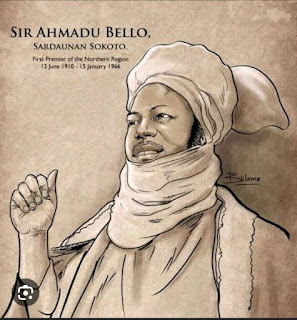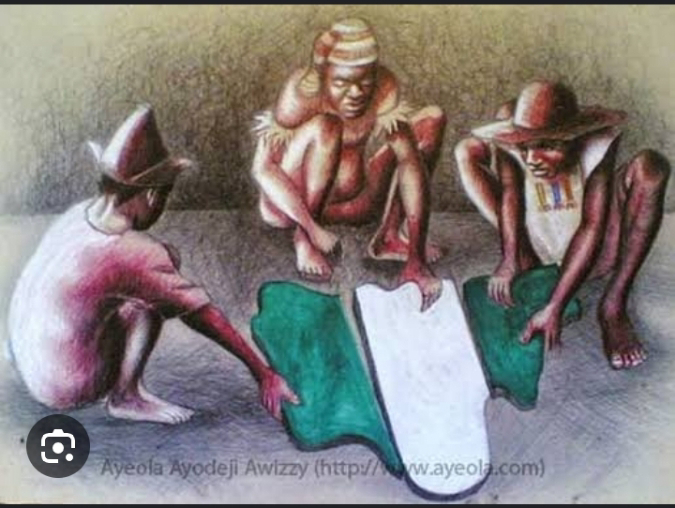The 1953/54/57 Constitutional Conferences, The Transformation of Nigeria Into Self-Government
Background
The London Conference of 1953 was the idea of Oliver Lyttleton who in an address to the British House of Commons, in 1953 suggested a new constitution to tackle among other issues, the relationship between the regional and central government, independence of the country and deficiencies of the Machperson Constitution. 19 delegates attended, 6 from the 3 regions and 1 from Cameroon. The London Conference between July and August came up with the following resolutions.
Results
- Nigeria became a federation.
- Self-government to be given to regions that want it.
- Governor to become Governor-general while regional governors to become lieutenant governors.
- Separate administration for Cameroon if the people so desired it.
- Legislative power to be shared between the central assembly and regional legislative.
A resumed constitutional conference was held in Lagos 1954, with the Nigerian leaders in attendance. Below shows the summary of the conference.
- Governor of Nigeria became governor-general while lieutenant governors became full governors.
- The leading ministers in each region became premiers.
- The regional secretaries became Attorney Generals and Governor-general dealt directly with secretary of state in federal matters.
- The South and East replaced all British officials while the North retained all British officials except the two residents.
- The House of Assembly was created for Cameroon.
In 1957, a resumed London Conference was summoned with all the Nigerian premiers present. The conference was not a constitutional conference but an independence conference. Two minor issues were raised, one was the creation of more regions, the other was minority fears.
All the leaders maintained that Nigeria was capable of managing it's responsibilities. For this reason the leaders requested independence in 1960. The final result was that the British governors assured the leaders that independence would be granted in 1960, if all leaders unanimously requested it. Below are some features of the Independence constitution.
- A commission to look into complaints by minority groups as well as the possibility of creating more regions was set up, it was headed by Sir Willinks.
- Bi-cameral legislature was introduced, House of Representatives and Senate. The members of the House of Reps were to be elected directly while Senators were recommended by their regions to the Governor-general.
- Universal adult suffrage was extended to the east and west while suffrage was limited to males in the north.
- The office of prime minister was created.
- It was recommended that non-muslims should not be tried under the shariah law against their will.



Comments
Post a Comment